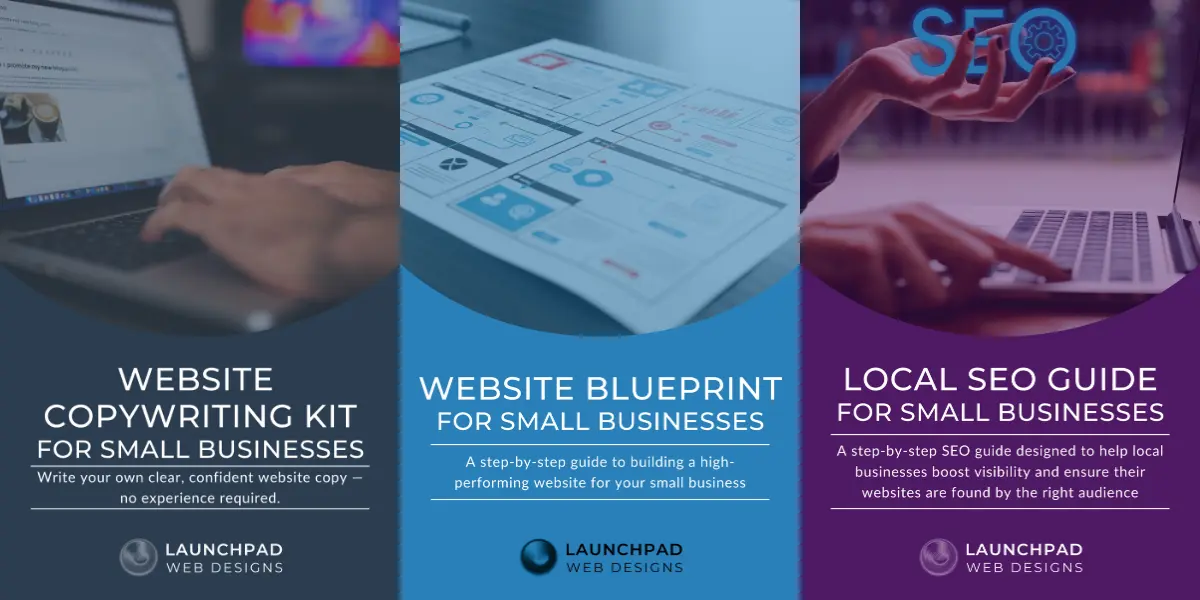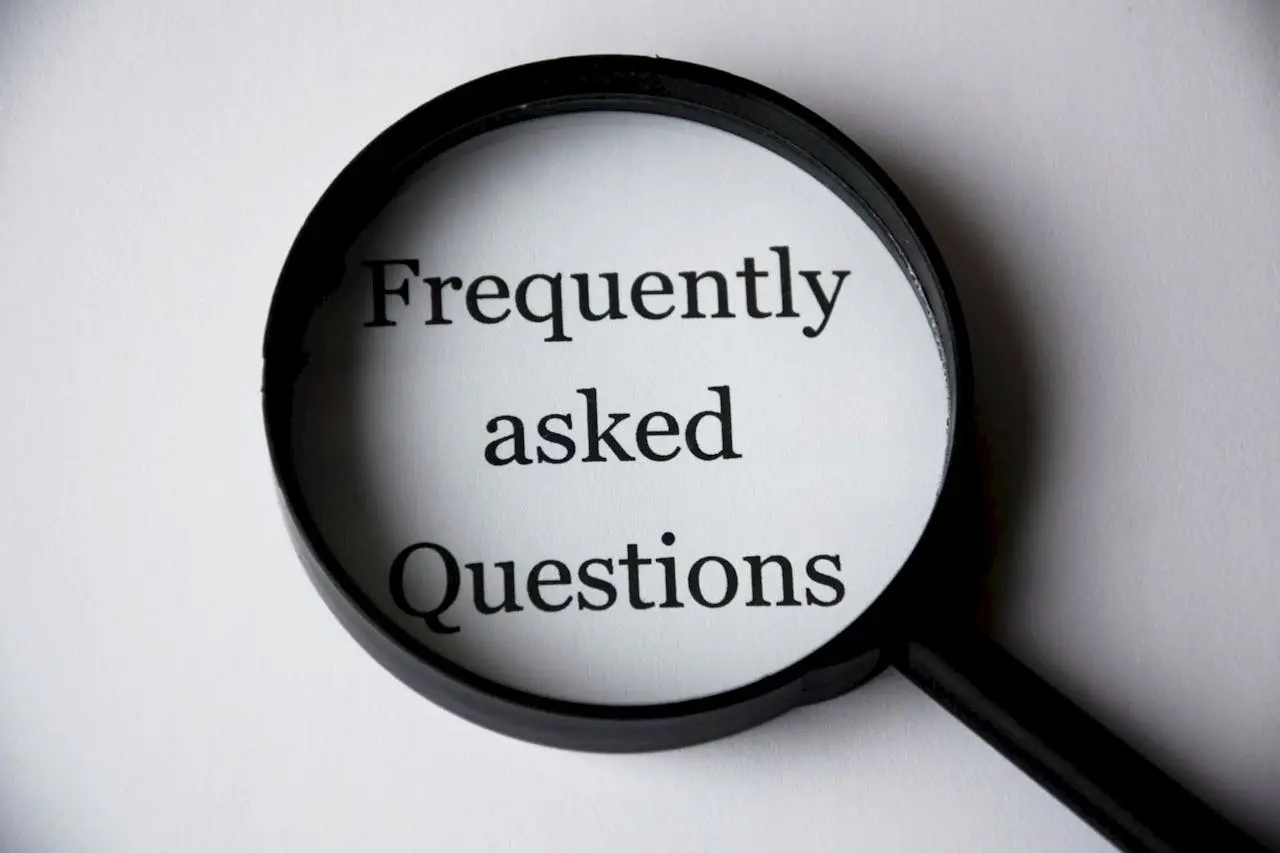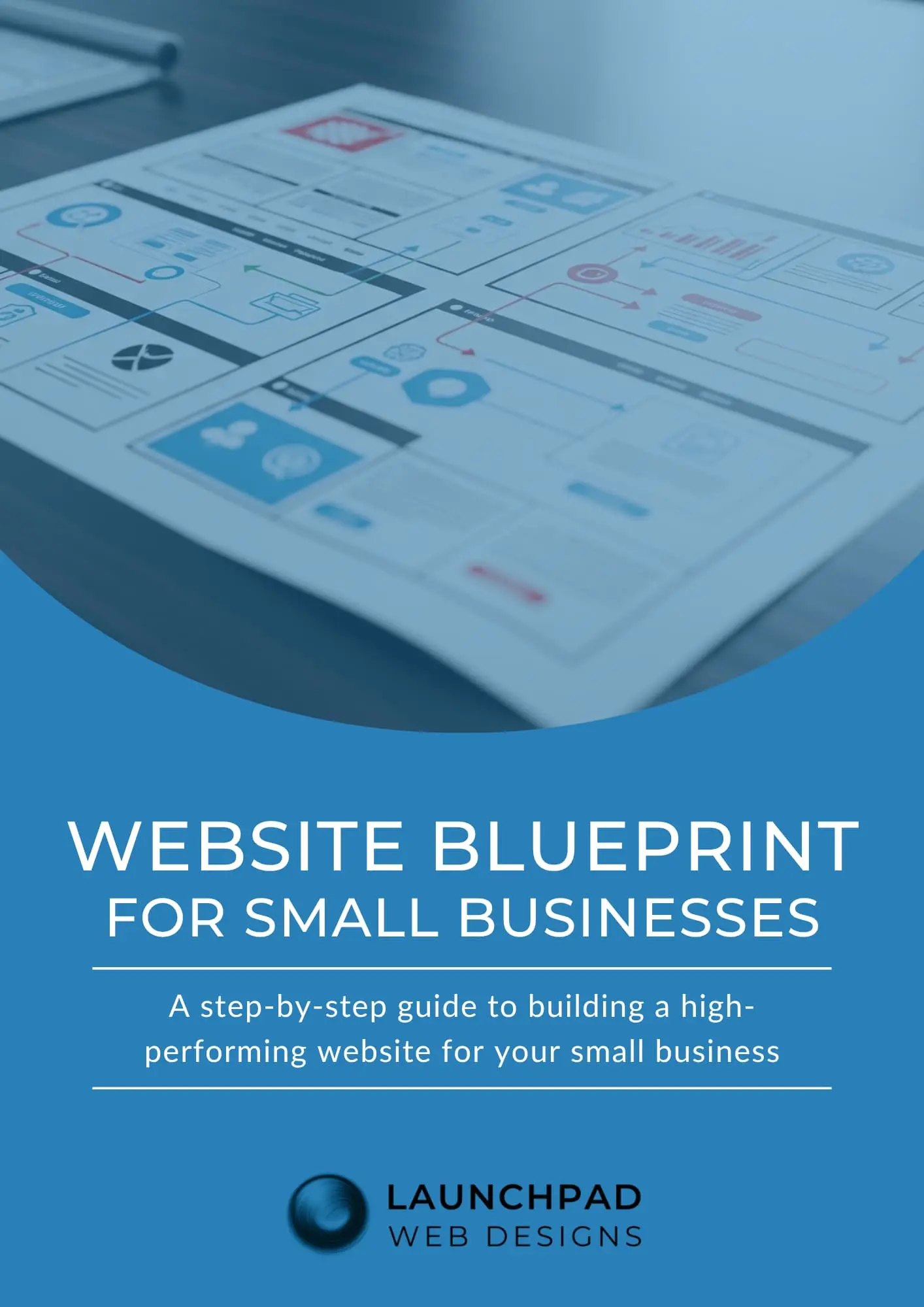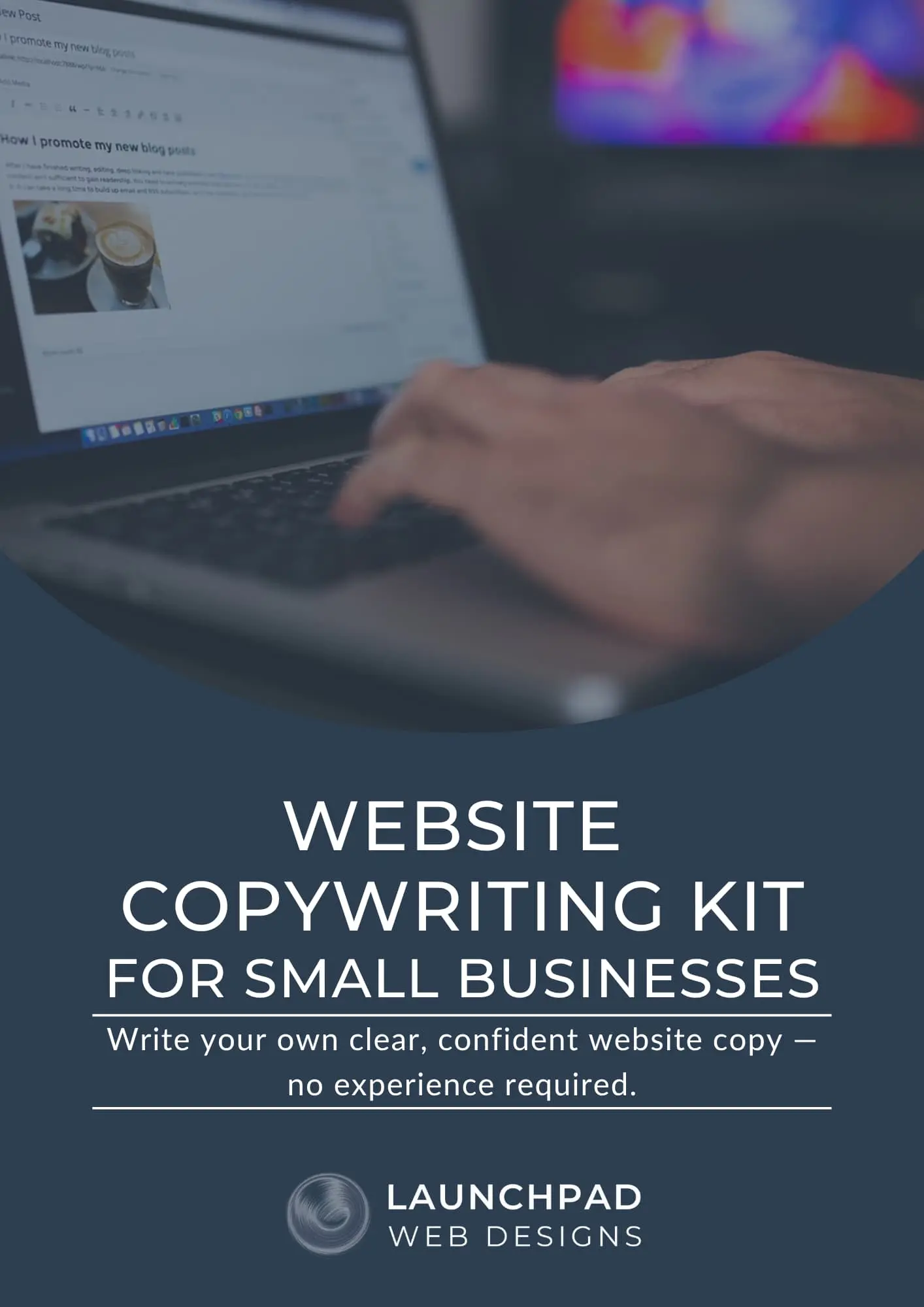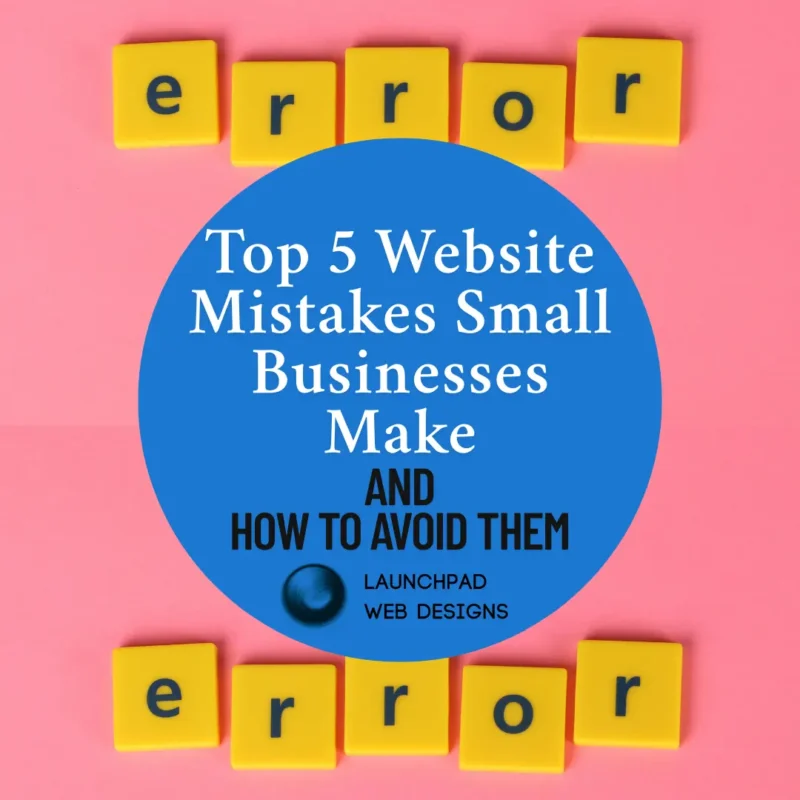No products in the cart.
Online Presence
Avoid These 5 Website Mistakes
Top 5 Website Mistakes Small Businesses and Freelancers Make
(And How To Avoid Them)
In today’s digital age, your website is often the first point of contact between your business and potential customers. Yet, many freelancers and small business owners make critical website mistakes that could be hurting their online presence and sales. Whether you’re just getting started or have had a website for years, it’s important to regularly evaluate and improve your site.
At LaunchPad Web Designs, we specialize in creating user-friendly, professional websites that help small businesses avoid common pitfalls. In this article, we’ll highlight five common website mistakes and provide simple solutions to make sure your site is working its hardest for you.
1. Slow Loading Times
The Problem:
If your website takes too long to load, visitors will leave before they even see what you have to offer. Studies show that 53% of mobile site visits are abandoned if a page takes longer than 3 seconds to load.
The Solution:
Speed is crucial for user experience and SEO. To avoid losing visitors, here’s what you can do:
- Optimize images by compressing large files without losing quality.
- Use caching to store parts of your website locally for faster load times.
- Choose a reliable hosting provider that offers good performance.
- Minimize the use of heavy scripts and plugins that can slow down your site.
- Test your page with PageSpeed Insights and fix any errors.
By making sure your site loads quickly, you’ll not only keep visitors around longer but also improve your rankings on search engines like Google.
2. Poor Mobile Optimization
The Problem:
With mobile traffic accounting for over half of global web traffic, having a mobile-friendly website is no longer optional—it’s a necessity. If your website isn’t optimized for mobile devices, you’re alienating a significant portion of your audience.
The Solution:
Mobile optimization ensures that your site looks and functions properly on smartphones and tablets. Here’s how to fix it:
- Use a responsive design that adjusts to different screen sizes.
- Ensure that buttons and text are legible on smaller screens.
- Avoid using flash or elements that don’t display well on mobile devices.
- Test your site on multiple devices to ensure it works seamlessly.
With a mobile-optimized website, you can reach customers wherever they are, ensuring a smooth experience whether they’re browsing at home or on the go.
3. Lack of Clear Calls to Action (CTAs)
The Problem:
If your website doesn’t clearly tell visitors what to do next, you could be losing out on potential customers. Whether it’s making a purchase, signing up for a newsletter, or booking an appointment, having a clear call to action (CTA) is essential.
The Solution:
Make sure every page on your website has a clear, action-oriented CTA. Here’s how:
- Place CTAs prominently where visitors can easily find them—usually at the top of the page and at the end of content.
- Use action verbs like “Buy Now,” “Contact Us,” “Get Started,” or “Learn More.”
- Keep CTAs simple and direct—don’t overwhelm visitors with too many choices.
- Make sure your CTAs are mobile-friendly and easy to click on any device.
A clear CTA will help guide visitors to the next step and increase the chances of converting them into customers.
4. Cluttered, Confusing Design
The Problem:
A cluttered or overly complicated website design can confuse visitors, making it difficult for them to find what they’re looking for. If your site looks too busy or is hard to navigate, visitors might leave in frustration.
The Solution:
Simplicity is key. A clean, organized design will help your visitors find what they need quickly and easily. Here’s what to do:
- Use a simple, well-organized layout with easy-to-follow navigation.
- Limit the number of fonts and colors to avoid overwhelming the user.
- Ensure that your navigation menus are easy to understand and logically grouped.
- Break content into smaller sections, using headings and bullets to make it easier to scan.
An easy-to-navigate website makes it simple for visitors to find what they need, which can improve user experience and ultimately drive sales.
5. Neglecting SEO (Search Engine Optimization)
The Problem:
Without effective SEO, your website won’t rank well on search engines like Google. This means that potential customers who are searching for businesses like yours may never find you. A website that doesn’t appear in search results is like a store with no sign—no one knows it exists.
The Solution:
Search engine optimization (SEO) is crucial for making your website discoverable. Here’s how to boost your SEO:
- Research and use relevant keywords throughout your site’s content.
- Include meta descriptions, alt tags for images, and proper header tags (H1, H2, etc.).
- Create high-quality content that answers your customers’ questions and needs.
- Make sure your website is mobile-friendly, as Google uses mobile-first indexing.
- Regularly update your website with fresh content, such as blog posts or case studies.
By optimizing your website for search engines, you’ll attract more organic traffic and make it easier for potential customers to find you.
Ready to Avoid These Website Mistakes?
Avoiding these common website mistakes can make a huge difference in your business’s online success. At LaunchPad Web Designs, we specialize in creating websites that are fast, mobile-friendly, easy to navigate, and optimized for search engines. If you’re ready to take your website to the next level and avoid these pitfalls, Contact us today for a consultation!
